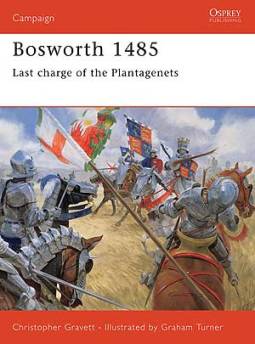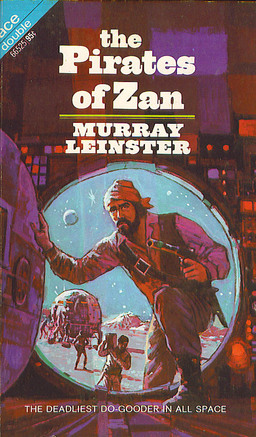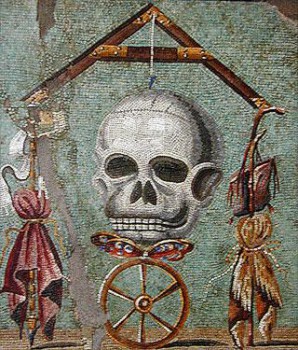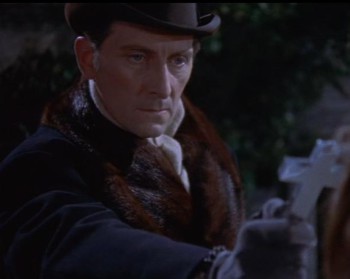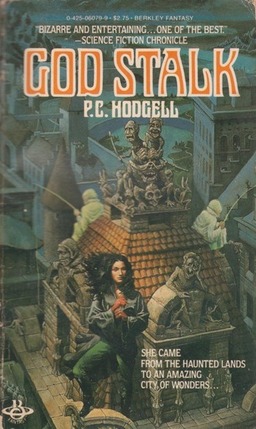Look Over There, See the Pretty Castle?
 I have very little visual memory for places and possibly even less visual imagination. One time, I needed to know the type of paving in Madrid’s Plaza Mayor – you know, the stuff you walk on? Keep in mind that I’ve been walking on this stuff regularly since I was six. I drew a complete blank (no pun intended) and had to ask my husband, who, at the time, had been there exactly once. He was able to tell me that it’s cobblestones, by the way. Unless you’re under the arcade, where it’s flagstones.
I have very little visual memory for places and possibly even less visual imagination. One time, I needed to know the type of paving in Madrid’s Plaza Mayor – you know, the stuff you walk on? Keep in mind that I’ve been walking on this stuff regularly since I was six. I drew a complete blank (no pun intended) and had to ask my husband, who, at the time, had been there exactly once. He was able to tell me that it’s cobblestones, by the way. Unless you’re under the arcade, where it’s flagstones.
Last week, I talked about describing characters and particularly the difficulties of describing point-of-view characters. But as writers, we’re far more often required to describe places and spaces, both interior and exterior. For fantasy writers, this often means versions of places that exist (or existed) historically in our own world. If you’re the kind of person who, like my husband, can call to mind the descriptive details of things you’ve seen, this will mean a certain degree of ease in your life as a writer.
If you’re my kind of person, alas, you’re not going to be able to tell your friends what colour their living room is painted, no matter how many times you’ve been to their house, let alone describe the halls of a castle or the streets of a town.
So, what do you do? Since that Plaza Mayor episode, I’ve tried to remedy my poor visual memory by taking and collecting photographs. Lots and lots of photographs. While I’m travelling, I take photos of anything and everything that I think might be useful in terms of exteriors or interiors. In The Sleeping God, I use the interior of a restaurant in Trujillo in western Spain, in The Soldier King, the punishment square and prison in Elvas, in Portugal, and the cistern system from another Portuguese town, Monserrat, in The Storm Witch. I also used the map of Elvas to lay out my characters’ escape route, but that’s not really the type of description I’m talking about here.

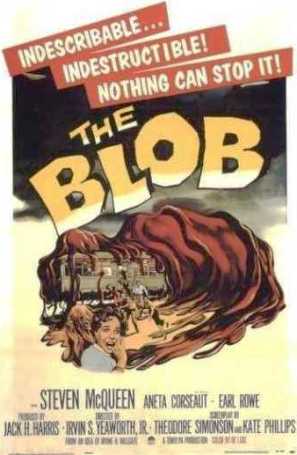
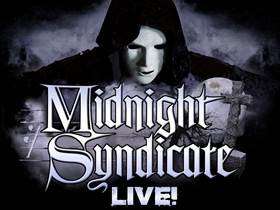
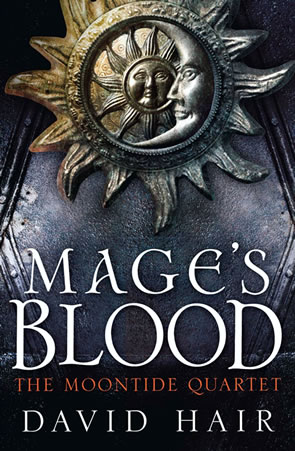 Sprawl is my favorite virtue of the novel. Not just this novel, Mage’s Blood, but novels generally, in all their varied glories. I may be the only person on Earth who is not at all perturbed by the ever-increasing length of George R. R. Martin’s Song of Ice and Fire books and I was probably the only reader of Harry Potter who wished J.K. Rowling had made her last volume about fifty pages longer, though this is not the time to say why. Sprawl may be a virtue in novels, but in blog posts, not so much. I picked up David Hair’s first volume of the new Moontide Quartet series because it promised a large ensemble cast arrayed in a family saga big enough to keep all those characters busy for years. The word “Quartet” in the title helps, too, with its suggestion that the author knows where he is going with the series. And if the first volume is anything to go by, I think he probably does.
Sprawl is my favorite virtue of the novel. Not just this novel, Mage’s Blood, but novels generally, in all their varied glories. I may be the only person on Earth who is not at all perturbed by the ever-increasing length of George R. R. Martin’s Song of Ice and Fire books and I was probably the only reader of Harry Potter who wished J.K. Rowling had made her last volume about fifty pages longer, though this is not the time to say why. Sprawl may be a virtue in novels, but in blog posts, not so much. I picked up David Hair’s first volume of the new Moontide Quartet series because it promised a large ensemble cast arrayed in a family saga big enough to keep all those characters busy for years. The word “Quartet” in the title helps, too, with its suggestion that the author knows where he is going with the series. And if the first volume is anything to go by, I think he probably does.